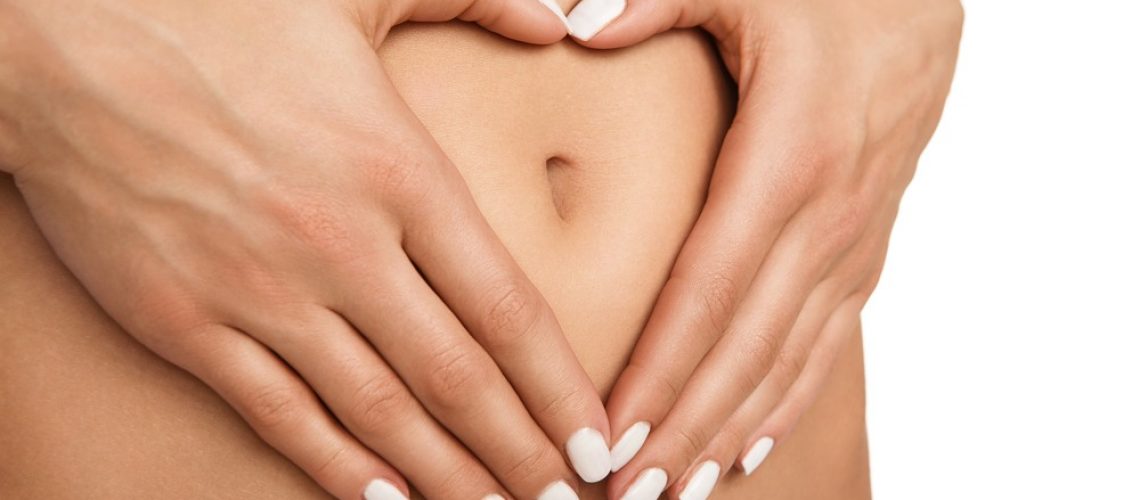Acupuncture is Clinically Proven to Help Fertility
Research into acupuncture as a medical treatment has grown exponentially in the past 20 years, increasing at twice the rate of research into conventional biomedicine. Over this period, there have been over 13,000 studies conducted in 60 countries, including hundreds of meta-analyses summarizing the results of thousands of human and animal studies. A wide variety of clinical areas have been studied, including pain, cancer, pregnancy, stroke, mood disorders, sleep disorders and inflammation, to name a few.
Mechanism of acupuncture
As evidenced in numerous pain control studies, the effects of acupuncture cannot be explained by a single mechanism. Lund et al summarized the mechanism of acupuncture pain control in his 2016 paper as follows.
| 1. Peripheral effects (release of adenosine and nitric oxide, NO, by axonal and dorsal root reflexes).
2. Spinal effects (modulation of sympathetic tone and motor reflexes) 3. Modulation of endogenous descending pain inhibitory and facilitatory systems 4. Change in the functional connectivity of the brain. Activation or deactivation of: a. limbic structures involved in stress/illness responses b. the hypothalamus-pituitary-adrenal, HPA, axis c. the prefrontal and frontal cortices. 5. Restoration of the default mode state. 6. Modulation of parasympathetic activity. 7. Activation of the reward and mirror systems 8. Modulation of activation of the immune system 9. Expectation, attention, conditioning and extinction of conditioned responses |
Source: Lund, T. Lundeberg, Mechanisms of acupuncture, AcupunctRelatTher (2016)
Mechanisms of acupuncture, with particular emphasis on reproduction
Endocrine and metabolic disorders, including obesity and ovulatory dysfunction, have been treated with acupuncture throughout history. In the past decade, advanced modern technology has been introduced into acupuncture research for helping understand the central and peripheral mechanism of acupuncture.

Credit: Neurobiology of Acupuncture, Volume 111, 1st Edition
Acupuncture treatment has an effect on the Hypothalamus-Pituitary-Ovarian axis. Acupuncture in the specific tissue stimulates Aδ and C-fibers leading to the generation of sensory input to the central nervous system. It enhances the release of the beta-endorphin in the hypothalamus which in turn decreases gonadotropin-releasing hormone. This leads to Pituitary glands to regulate the release of LH and causes the ovary produces less androgen and tones down of the sympathetic nerve activities. Acupuncture treatment has multi-level effects emanating from the central nervous system to the periphery.
The following are some of the underlying mechanisms associated with the efficacy of fertility acupuncture treatment.
- induces ovulation in anovulatory women
- restores and enhances optimum levels of FSH, LH, Estrogen and progesterone
- markedly increases the diameter of ovarian follicles
- exert long-lasting beneficial effects on metabolic and endocrine systems
- lowers cortisol and increases endorphins
Dr Ryu’s Fertility Acupuncture Services:
Acupuncture support for your IVF programme

